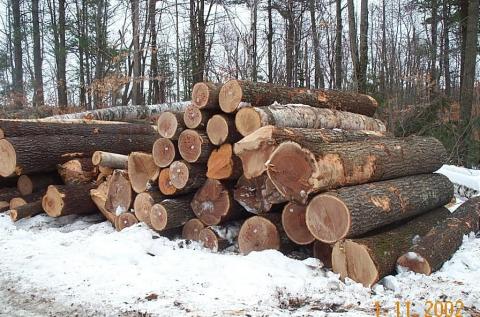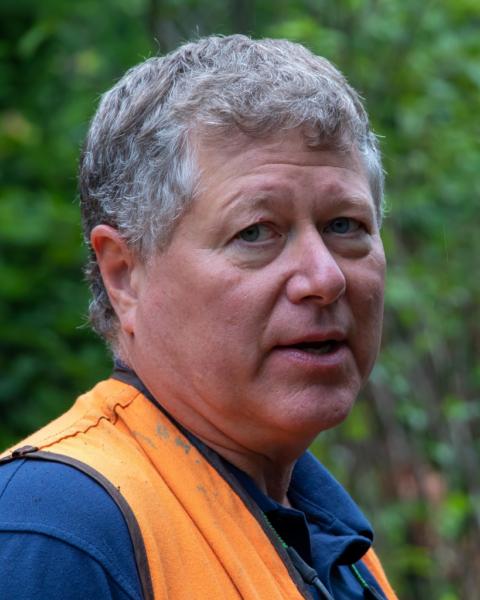The Business of Selling Timber—Understanding Tree Volume and Value

As trees in your forest grow, they become more valuable. A larger tree can be more valuable because it has more volume to make more product. The bigger your trees are, the more they are worth—but that’s not the whole story. As trees grow, they can also increase in grade (quality). Each grade increase can add dramatic value that far exceeds the increase in value from volume growth alone.
The following table shows example of what the values of each grade might be. Grades and their value are quite complex. They vary significantly depending on location, species, market demand and more. There are often many more grades than the four shown. This information is intended to be “in the ballpark” to illustrate a point.
|
Product Grade |
Stumpage Value ($/Ton) |
|
Pulpwood |
8 |
|
Ties |
40 |
|
#1 and #2 |
300 |
|
Veneer |
600 |
Stumpage value is the amount a landowner receives for standing trees that will be harvested. It is striking to see the different values a ton of wood can be worth. The more high-grade trees you grow, the more your forest is worth. Again, the differences can be dramatic.
Consider that an average New Hampshire woodlot will produce about a ton of merchantable volume per acre per year. This continues every year throughout the life of a forest. So, an 80-year old forest will have produced 80 tons of wood on every acre. If that production is all pulpwood, the produced value would only be about $640 per acre. If that same volume only produced veneer, the produced value would be about $48,000 per acre!
Now before I lead you down a misleading path, a forest with volume only in veneer is impossible (Though sadly because of no management or mis-management there are many woodlots that produce only pulpwood). Veneer and other grades each make up a portion of the total harvest. It would be reasonable to expect a well-managed forest on good soil to produce enough veneer and grade logs to yield $5,000 per acre in those 80 years. On the other hand, forests that have not been managed to maximize this value would contain very little veneer and grade logs, yielding perhaps only $600 per acre in those 80 years. If those numbers are not compelling enough, consider if you own 100 acres. Then, we are looking at ½ million dollars versus $60,000.
This discussion is a very simplified version of how forests produce timber value. The more important point is that when forests are managed to maximize the amount of grade logs, the gain to the landowner (and the forest industry) is dramatic.
Preparing your forest to grow top grades will pay huge dividends in the future. It makes sense to be as thoughtful as you can to realize this benefit. You may sell timber only once or twice, and success—or failure—depends on how you prepare. NH licensed foresters possess knowledge and skills to assess the value of trees based on current and local markets. A forester will identify the best strategy to maximize the long-term value of your forest.
To get started, contact your County Forester for a woodlot walk to explore options and discuss strategies. This is a free service brought to you by UNH Cooperative Extension and your County government.
Brendan Prusik is the Coös County Forester with UNH Cooperative Extension. He has worked in Coös County forests for nearly 30 years. To learn about forest management and more visit www.nhwoods.org.
